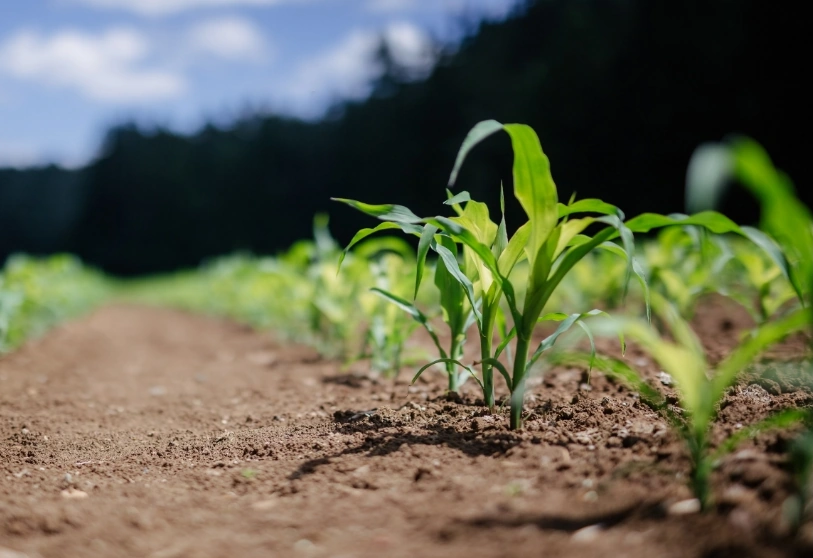

We are effectively eradicating weeds, pests, and diseases while preserving the ecological balance. This method leverages the power of heat to sterilize the soil, ensuring a clean and viable growing environment without the detrimental impacts associated with chemical treatments.
At SoilSteam, our passion for soil and its soil health is evident through our dedicated team. We care about soil. Moreover, we have strong collaborations with academic institutions and researchers worldwide to comprehensively explore and document the impact of steam treatment on soil, encompassing both short-term and long-term effects.
In 2018, SoilSteam started a research project with the Norwegian Institute for Bioeconomic Research (NIBIO) to study how steaming soil can combat alien plant species in contaminated soil masses. The study, “BIOIMMIGRANTS” (https://www.nibio.no/prosjekter/bioimmigrants), which ended in November 2022, resulted in two scientific articles on the topic of soil steaming.
The first paper, Stationary soil steaming to combat invasive plant species for soil relocation (https://www.cambridge.org/core/journals/invasive-plant-science-and-management/article/stationary-soil-steaming-to-combat-invasive-plant-species-for-soil-relocation/822BBCF63526306F7110F5C3A4DE22B1)(Bitarafan et al., 2021), looked at the effect of temperature and duration of steaming on five species.
They concluded that steam is very effective when used to kill the test species and that soil disinfection with steam can prevent the spread of alien species when moving soil.
The second paper, Soil steaming to disinfect barnyardgrass-infested soils (https://www.cambridge.org/core/journals/weed-technology/article/soil-steaming-to-disinfect-barnyardgrassinfested-soil-masses/70CFBC8D3490E42ECD6700C2F8A108A8)(Bitarafan et al., 2021) deals with the different temperatures and exposure time needed to kill barnyardgrass (Echinochloa crus-galli), an extremely harmful species. It concludes that “soil steaming can guarantee excellent control of barnyardgrass seeds in infested soil masses”.

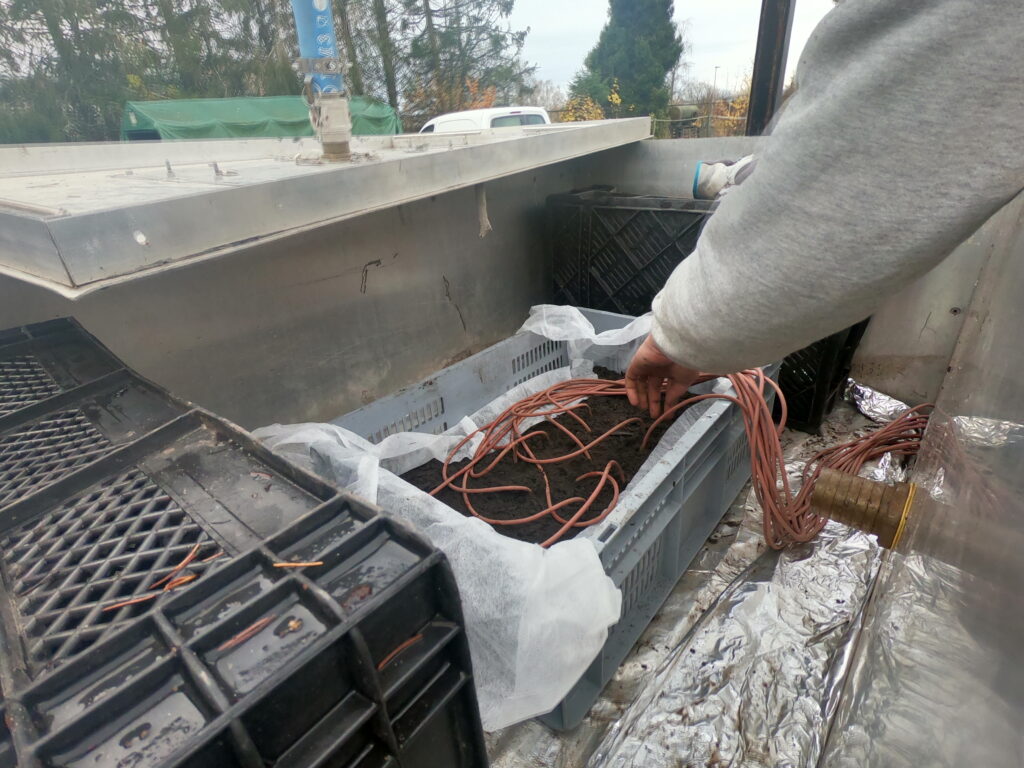

Collaboration with academia and our own research is an integrated part of what we do in SoilSteam. In 2019, SoilSteam received funding from the Research Council of Norway for a project to find the optimal combination of temperature and time needed for steaming to kill various harmful organisms and alien invasive species. The project, which will last until 2025, is called ResourceReturn (https://prosjektbanken.forskningsradet.no/project/FORISS/321616). The project’s partners are NIBIO, the Norwegian University of Environmental and Biosciences (NMBU), Lindum AS, Toten Onionpackery, Larvik Onion, the Norwegian Agricultural Advisory Service, and the National Road Administration.
This project investigates the effect of steam temperature and exposure time on 15 species:
Botanical names: Avena fatua, Echinochloa crus-galli, Heracleum mantegazzianum, Heracleum persicum, Impatiens glandulifera, Laburnum alpinum, Laburnum anagyroides, Lupinus polyphyllus, Rosa rugosa, Sambucus racemosa, Solanum nigrum, Solidago canadensis.
NIBIO will publish several reports on the findings of this project this year. So far, we can conclude that steam treatment kills all root parts and seeds of the alien invasive species tested in the project. It’s just a matter of finding the best temperatures and exposure times. We have already gained good knowledge and certainty about the minimum duration and temperatures necessary to combat the most invasive species.
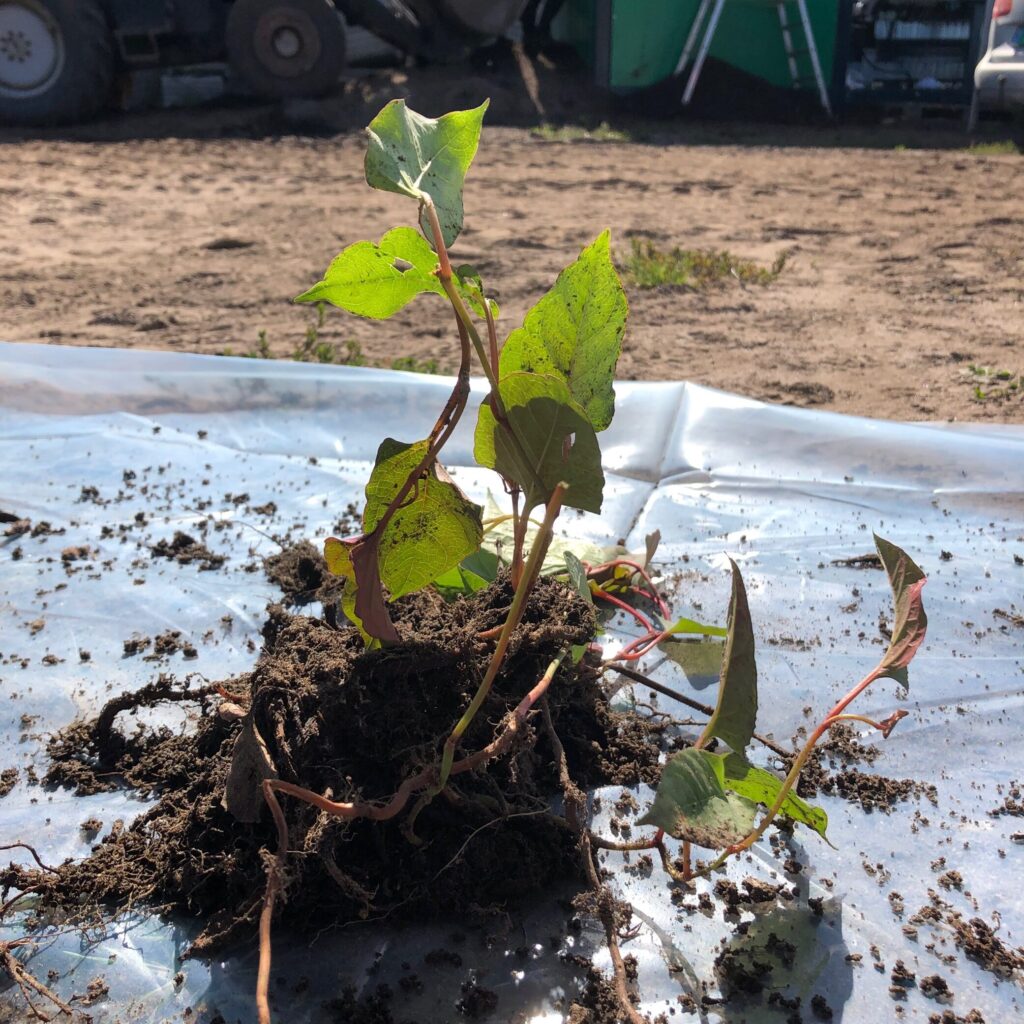
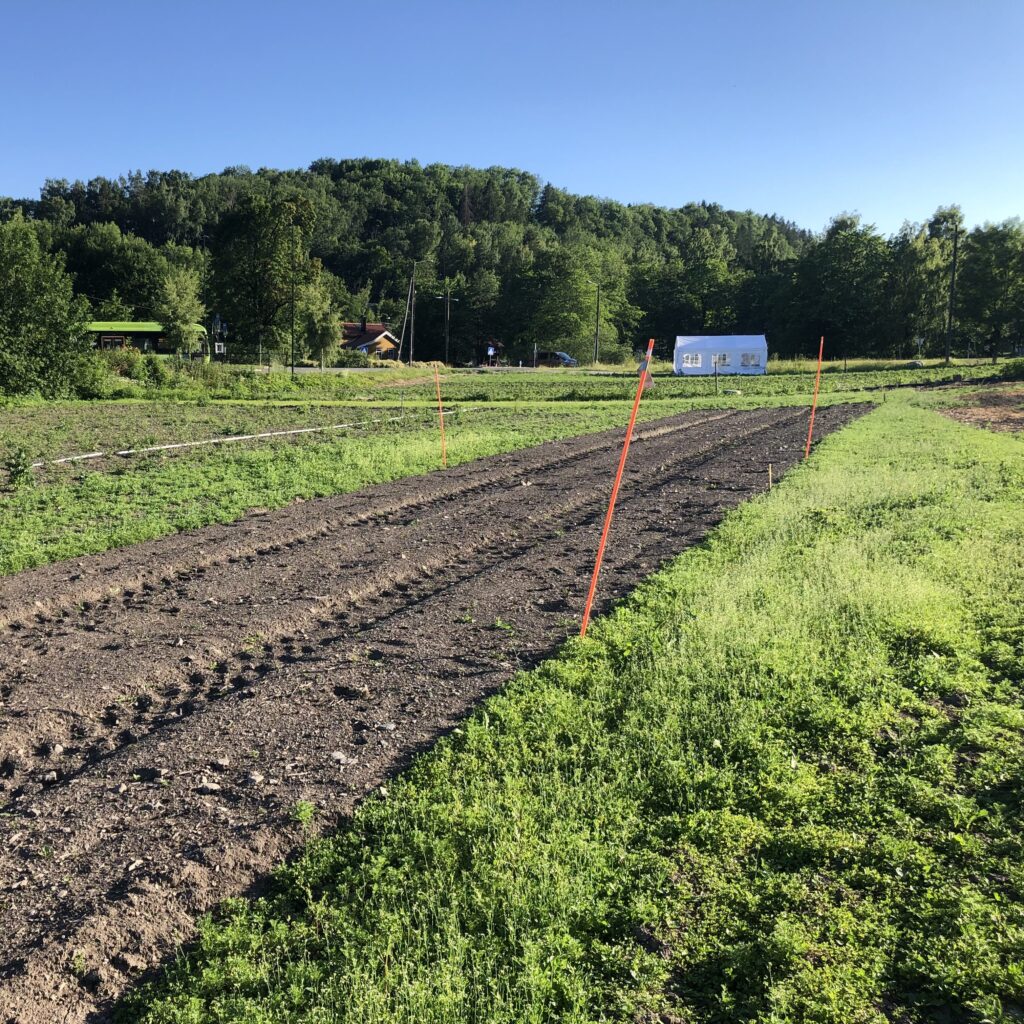
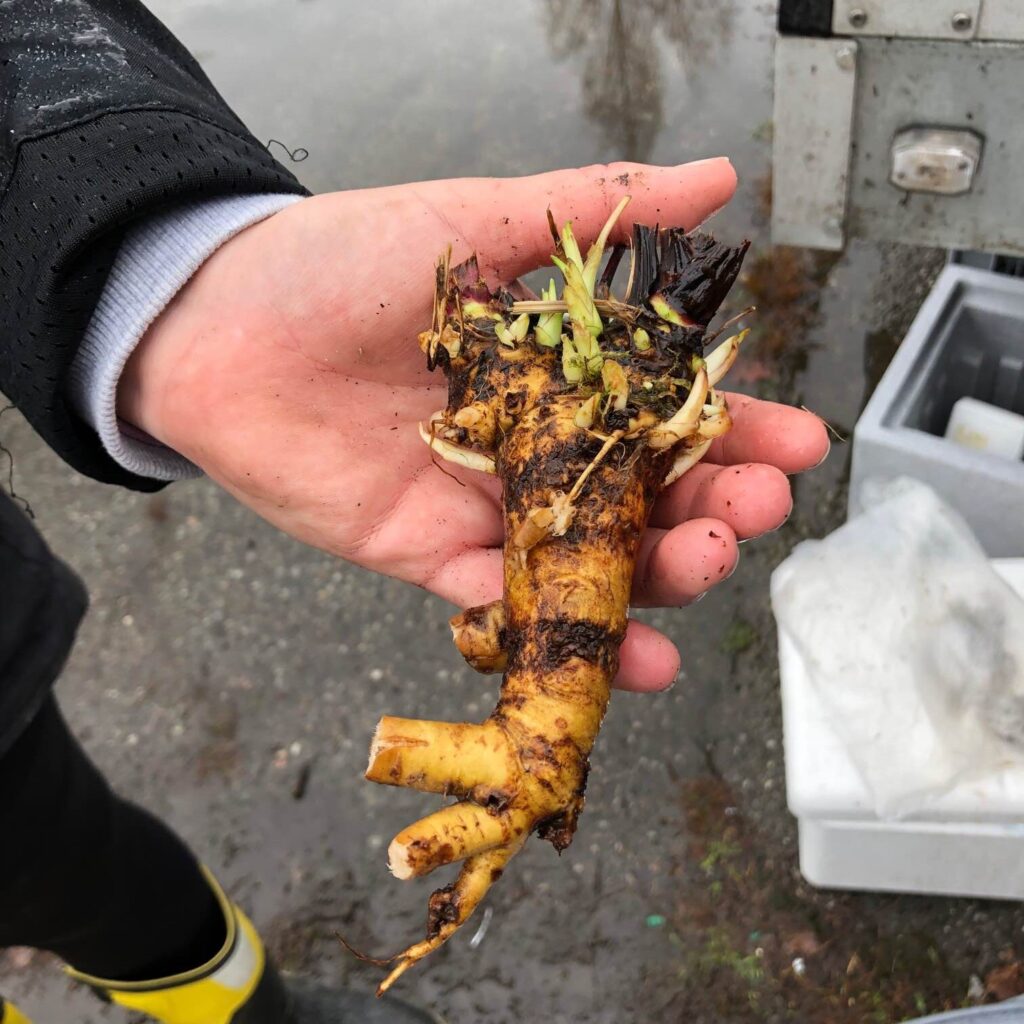
Researchers have shown that biodiversity returns very quickly to the steamed soil, similar to what is seen in the soil after a forest fire. However, other researchers indicate that it takes time for biodiversity to return and question the long-term effects on soil life. What we do know, is that soil steaming has been done repeatedly for more than 100 years, providing healthy and good growth conditions year after year.
In July 2023, a study looking into the effect of steaming fields with the strawberry disease, Red steel (Phytophtora fragariae), in cooperation with the University of South-Eastern Norway (USN) and Bionèr was started. Through this project, we are not only investigating the effect of steam on the pathogen but also analyzing its effect on the soil ecosystems in different soil depths over time.
If we consider precision steaming, a key feature of FieldSaver, potential side effects can be looked at with less concern, as most of the soil is left undisturbed. The soil from SoilSaver will typically be mixed with untreated soil, and natural soil life providing a weed- and pest-free medium for optimum plant health will quickly be established.
SoilSteam has also projects going with UC Davis and the University of Karlstad
Sign up for our mailing list and follow us on social media to stay informed of our plans.